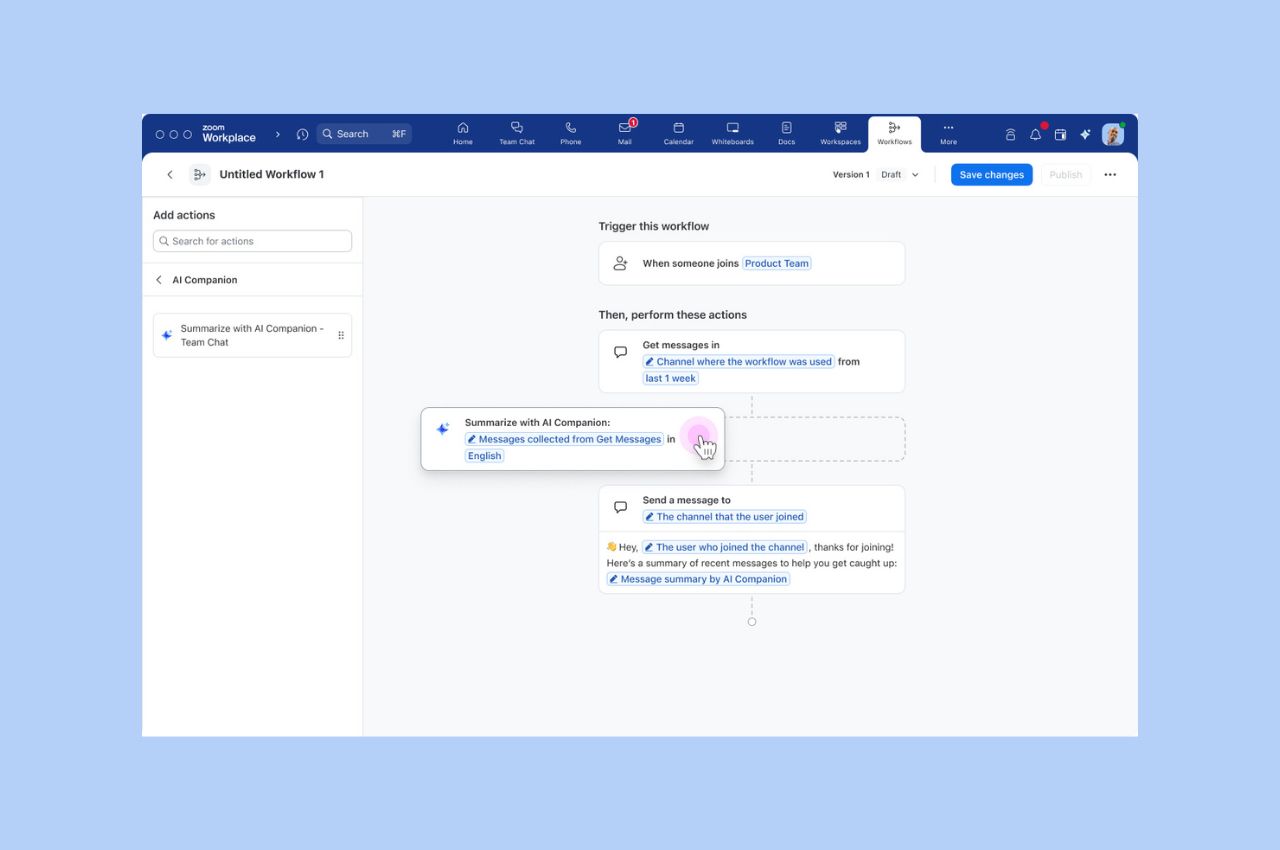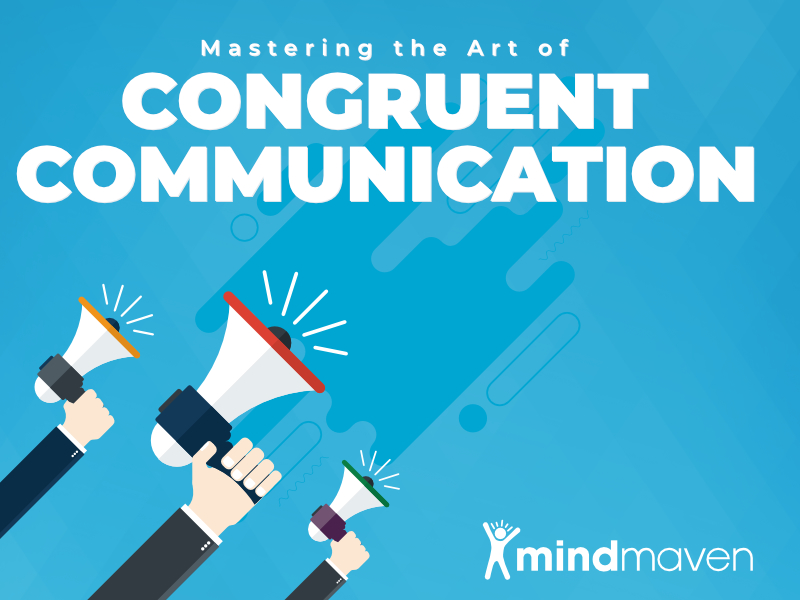
Workflow Automation tips: Save your team hours with automated workflows for common tasks
Zoom Workflow Automation allows you to create automated workflows for common tasks like responding to chat messages, helping your team save time.
Updated on June 15, 2022
Published on August 08, 2019


This blog appeared in its original form on https://mindmaven.com/blog. Ever had the painful experience of sending (what you thought was) a well-meaning check-in email only to have it blow up in your face when your message was completely misconstrued? Most of us have been there and know what comes next: Time wasted attempting to eliminate miscommunications and repairing the relationship. All because they misunderstood you, right? While it’s easy to blame the other person, I’ve found that’s rarely accurate. In almost all cases of communication confusion, the fault isn’t on the recipient; it’s on you. That’s the bad news. The good news is, once you understand and accept that, it’s completely in your power to eliminate miscommunications. The importance of body language and non-verbal cues in expressing a message are so important to how they are interpreted, and it’s why a reliable video conferencing solution like Zoom is resonating in the enterprise. In fact, businesses that use Zoom see:
But I’m getting ahead of myself. Before we talk about future solutions for miscommunications, let’s take a closer look at what went wrong in the first place and how video conferencing can dramatically improve how we communicate.
 The words are the same, but the message changes dramatically. What initially seemed like a positive statement now probably feels sarcastic, condescending, or negative, right?
Now imagine the statement was delivered by someone who looked like this:
The words are the same, but the message changes dramatically. What initially seemed like a positive statement now probably feels sarcastic, condescending, or negative, right?
Now imagine the statement was delivered by someone who looked like this:
 What initially seemed like a positive message is now almost guaranteed to be positive, especially coupled with a genuinely excited tone and a firm handshake.
That final example is what I call congruent communication, when your words, tonality, and body language are completely aligned behind a singular message. Congruent communication allows you to much more effectively deliver your message, dramatically reduces the likelihood it’ll be misunderstood, and subconsciously builds massive trust with those you interact with.
What initially seemed like a positive message is now almost guaranteed to be positive, especially coupled with a genuinely excited tone and a firm handshake.
That final example is what I call congruent communication, when your words, tonality, and body language are completely aligned behind a singular message. Congruent communication allows you to much more effectively deliver your message, dramatically reduces the likelihood it’ll be misunderstood, and subconsciously builds massive trust with those you interact with.
 By taking a few moments to explain the context, you can save yourself a number of potential headaches, damaged relationships, and time wasted cleaning up misunderstandings.
By taking a few moments to explain the context, you can save yourself a number of potential headaches, damaged relationships, and time wasted cleaning up misunderstandings.
With so much of congruent communication tied to body language and other non-verbal communication, the ability for people to see you — and you, them — is increasingly important. And it’s why Zoom’s video-first unified communications platform is critical to how people communicate professionally and in their personal lives. Learn how Zoom’s video conferencing enables increased transparency, enhances relationships with your colleagues, partners, and customers, and builds a more collaborative and trustworthy business environment. If you’re ready to uplevel communications within your organization, sign up for a 1-on-1 demo with a Zoom product specialist today. Patrick Ewers is the founder and CEO of Mindmaven, an executive coaching firm and educational platform focused on helping startup CEOs, executives and their team members achieve their fullest potential and generate game-changing opportunities by better leveraging the most valuable relationships in their network.